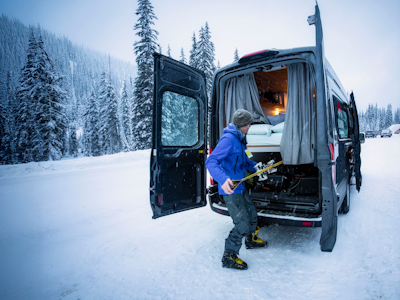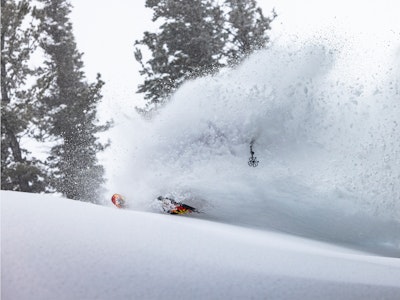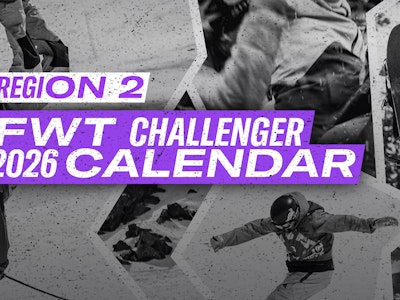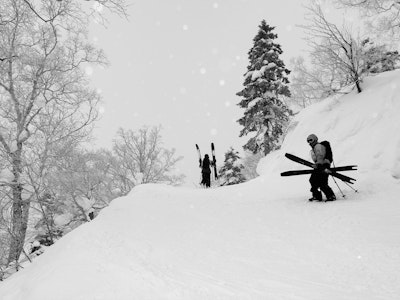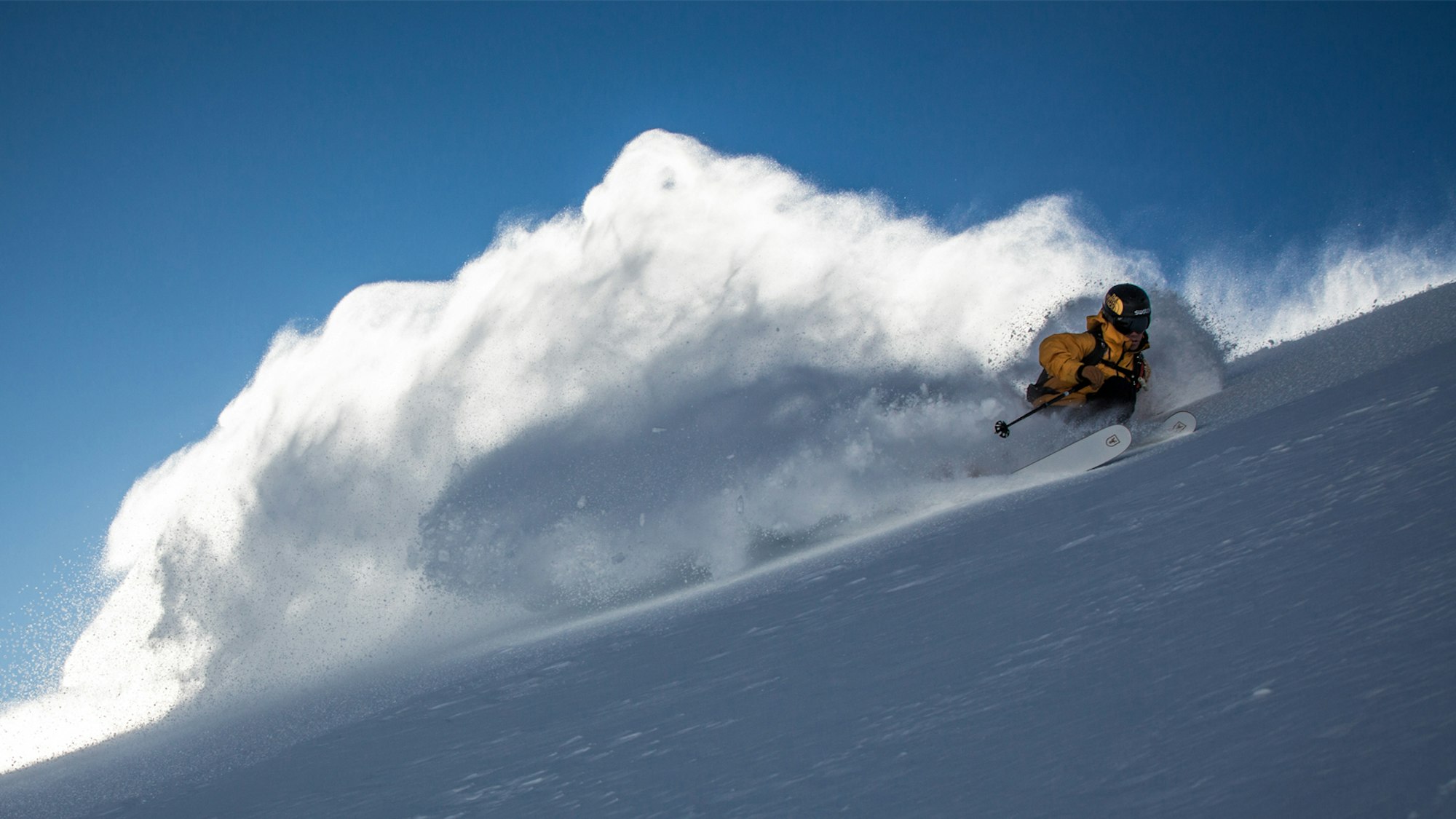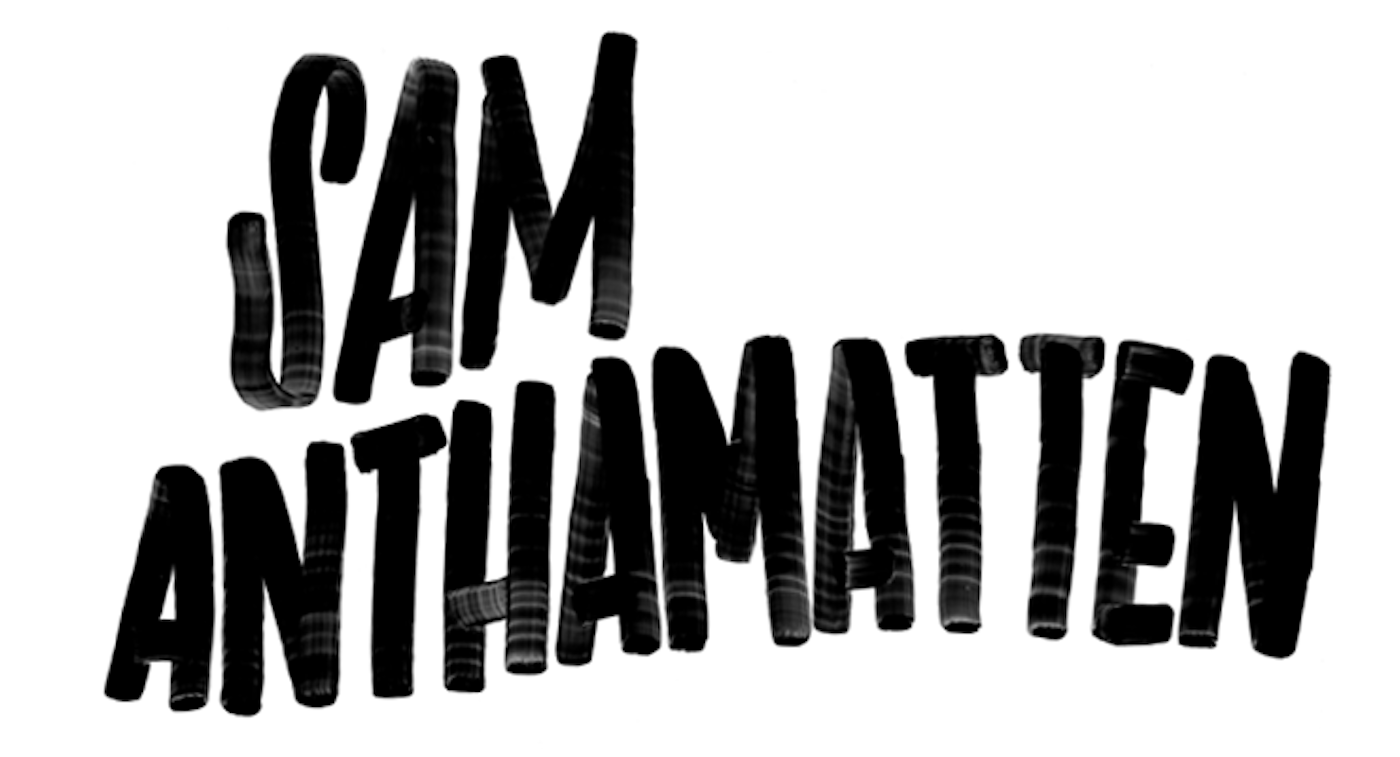
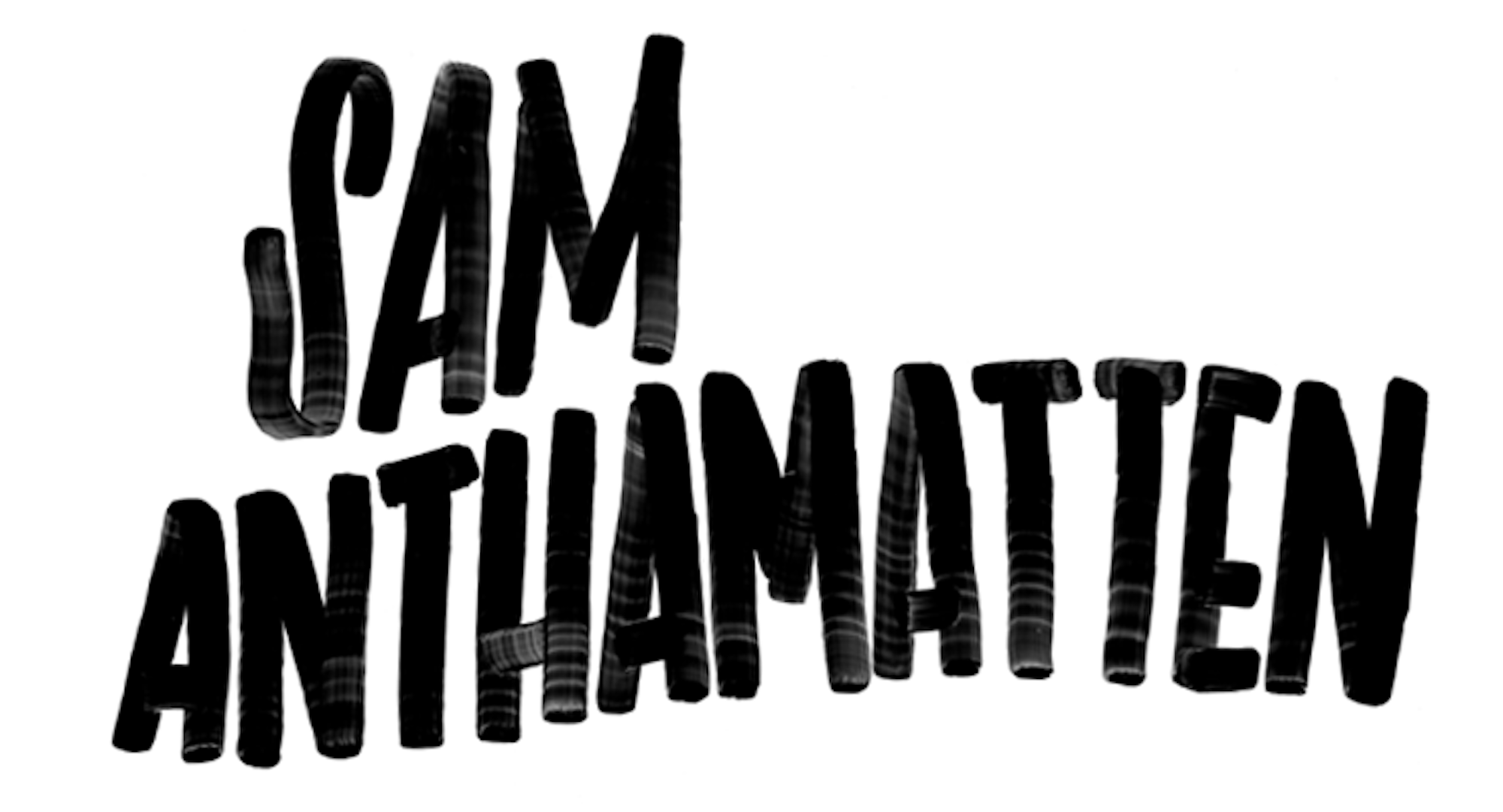


Words • Tess Weaver Strokes | Photos • Tero Repo
Growing up in Zermatt, Switzerland, at the base of the world’s most recognized mountain peaks, Sam Anthamatten was surrounded by esteemed mountain guides, world-class skiers and accomplished mountaineers. It’s no surprise Anthamatten pursued mountain guiding. He achieved UIAGM certification by the ripe age of 24. Yet the way in which he skis down big mountains is a great departure from the hop turns that are characteristic of the guides he used to emulate. With a background in ice climbing, mountaineering, competitive big-mountain skiing and filming, the 31-year-old has the skills and experience to ski high-altitude, high-consequence mountains with fast, fluid Super G turns intermixed with progressive tricks.
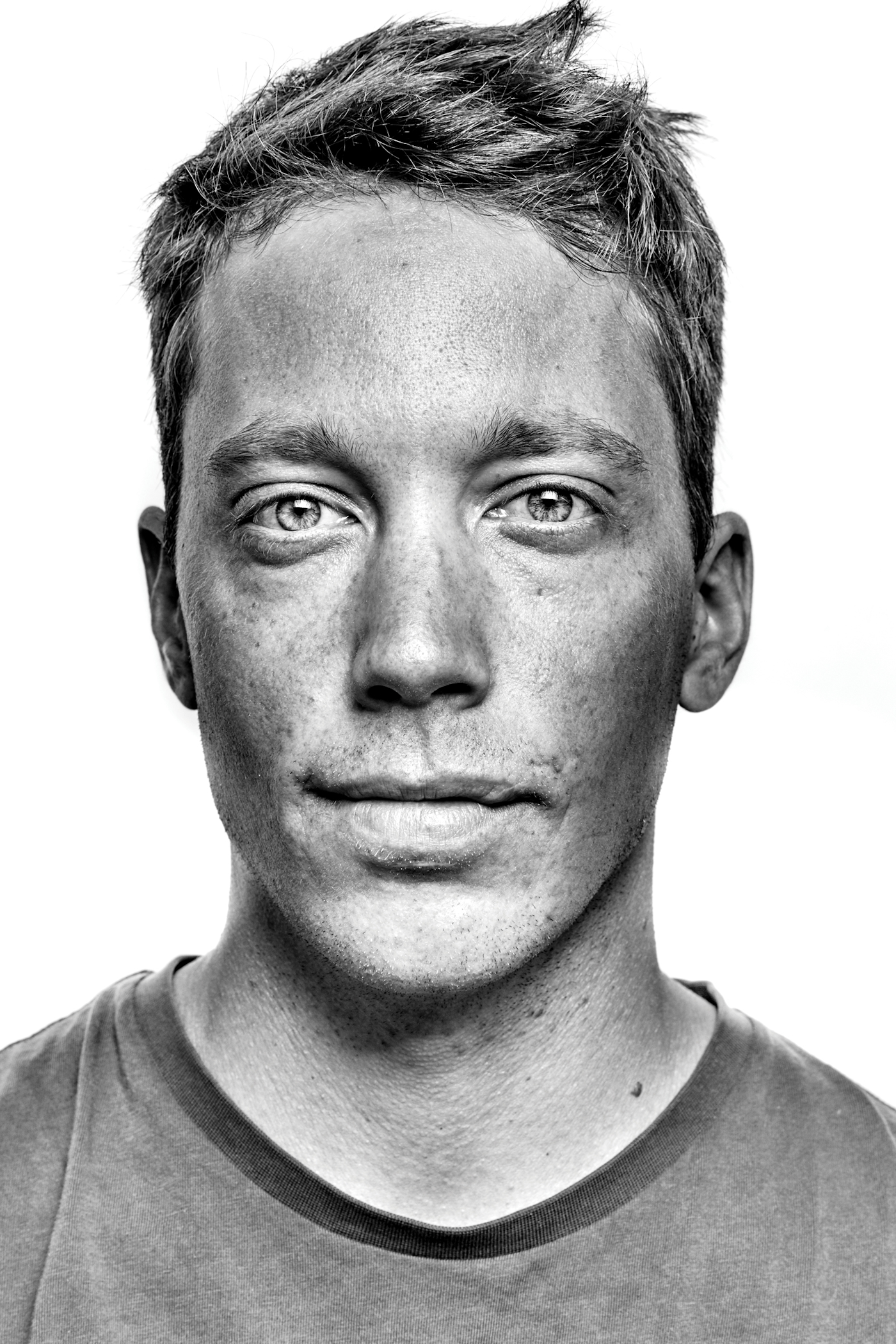
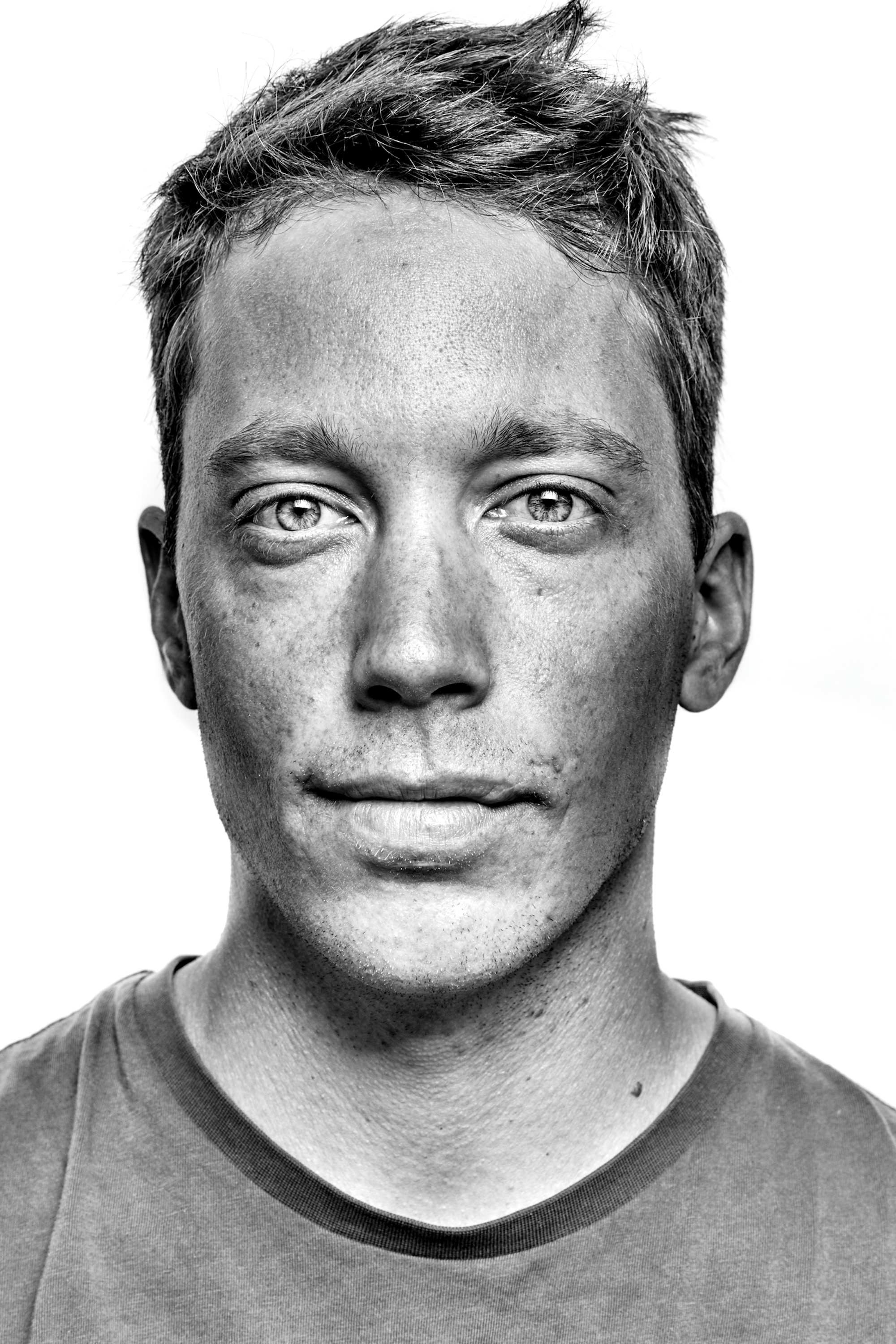
Photo by Clayton Boyd
“The way he picks his lines is different from even the best skiers [in the world],” says James Heim, a Whistler, British Columbia-based big-mountain skier and film veteran who has skied with Anthamatten in Alaska, South America and Peru. “Where the entrance [to a ski run] might look sketchy or technical, he has no issue at all. He has a unique mountaineering approach of getting to a line that might seem off limits to most, then he’ll ski it as well as anyone could.”
When Matchstick Productions sent Heim and Anthamatten to Peru’s Cordillera Blanca in June 2013 to attempt to ski Alpamayo and Quitaraju for the film Days of My Youth, Heim remembers a harrowing descent, rappelling down an un-skiable face, anchored to screws entrenched in ice; Anthamatten was trying to click into his tech bindings on 50-degree boilerplate (read: firm-as-steel). “He was still funny, laid-back and cracking jokes,” says Heim. “It’s relaxing to be with him even in tense situations.”
This spring in Zermatt, while filming for the new ski film This is Home, Anthamatten was standing atop his line when he heard the film’s director and lead cinematographer yell over the radio, “Sam, I’m in a crevasse!” Anthamatten skied to where Etienne Merel had disappeared, located him 30 feet down a black hole and pulled him out just as the rescue helicopter landed to take Merel to the hospital (Merel was uninjured).
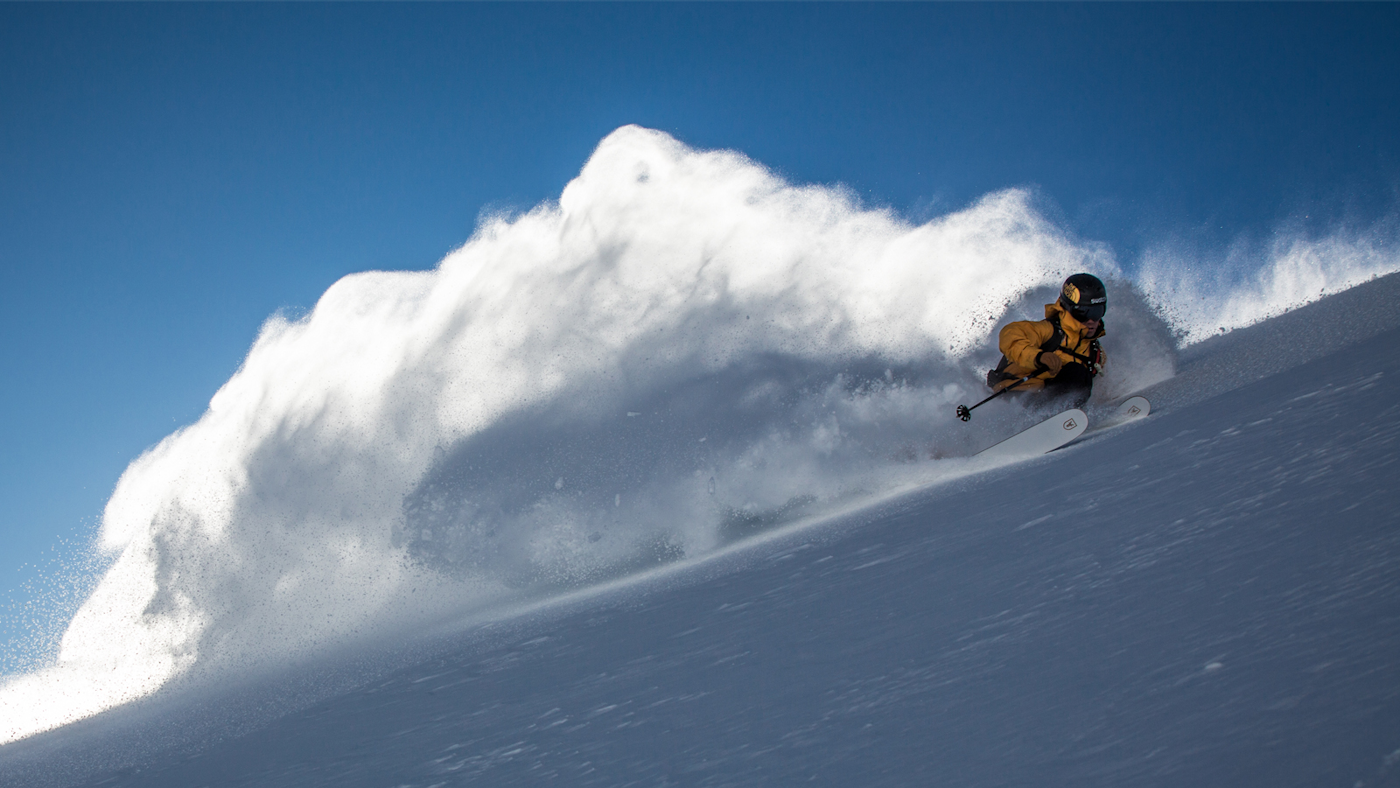
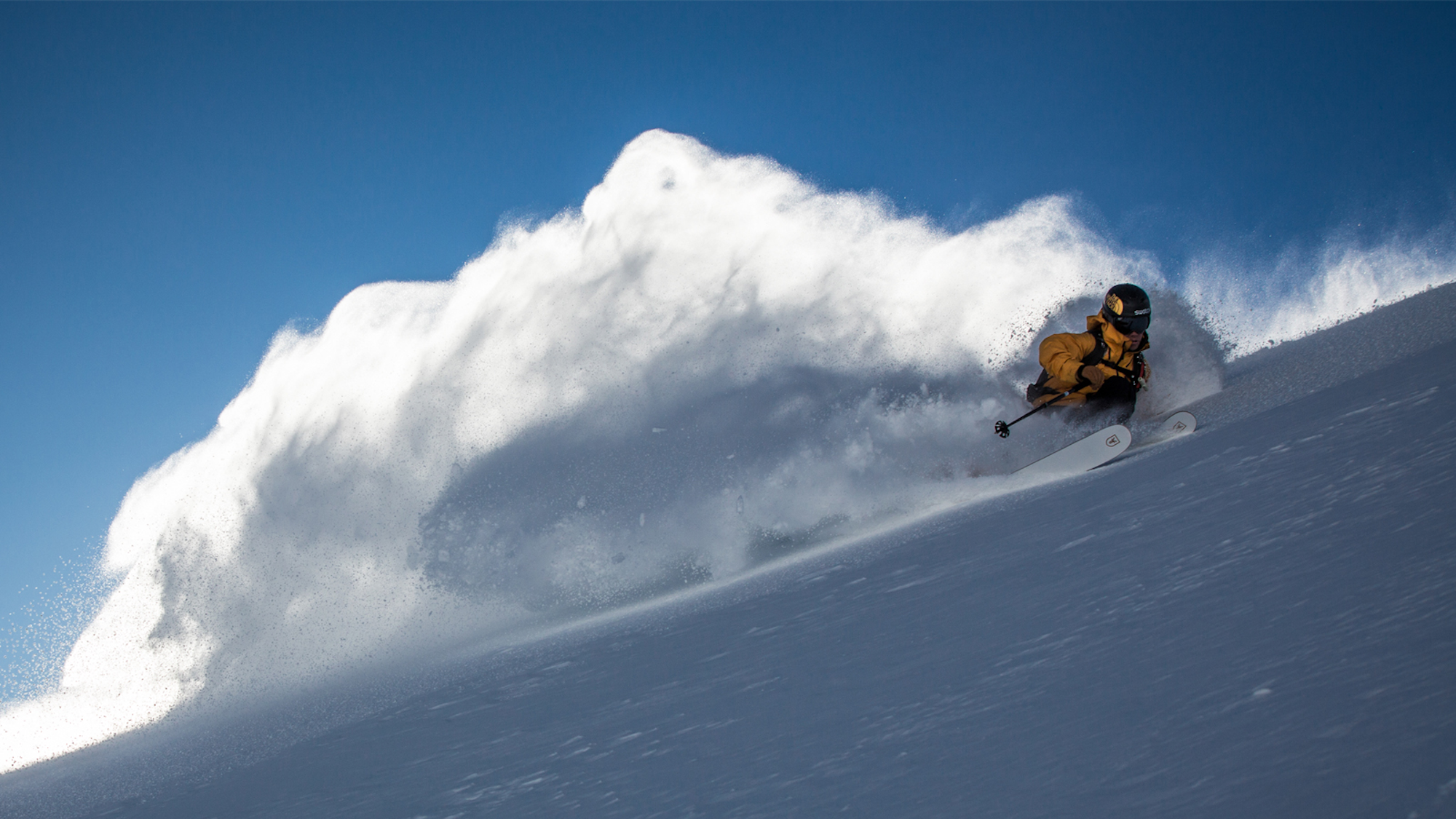
After working as lead guide for the Freeride World Tour (FWT) in 2010-2011, Anthamatten was climbing on El Capitan in Yosemite when he got a call offering him a wildcard entry into the 2011 FWT. The newcomer won the stop in Sochi, Russia, placed 13th in Austria and finished fifth at the finals in Verbier, Switzerland, ending his inaugural season on tour as the overall runner-up. “It completely changed my life,” says Anthamatten. “I was an alpinist four months before and then all of a sudden I was a freerider.”
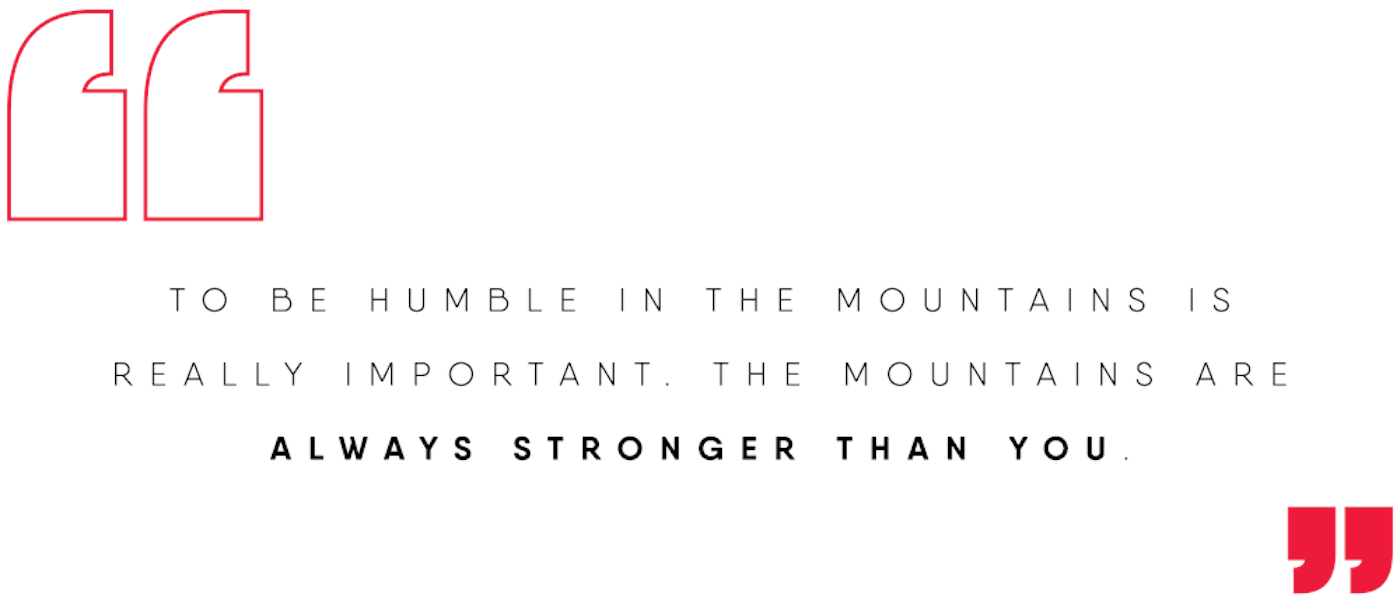
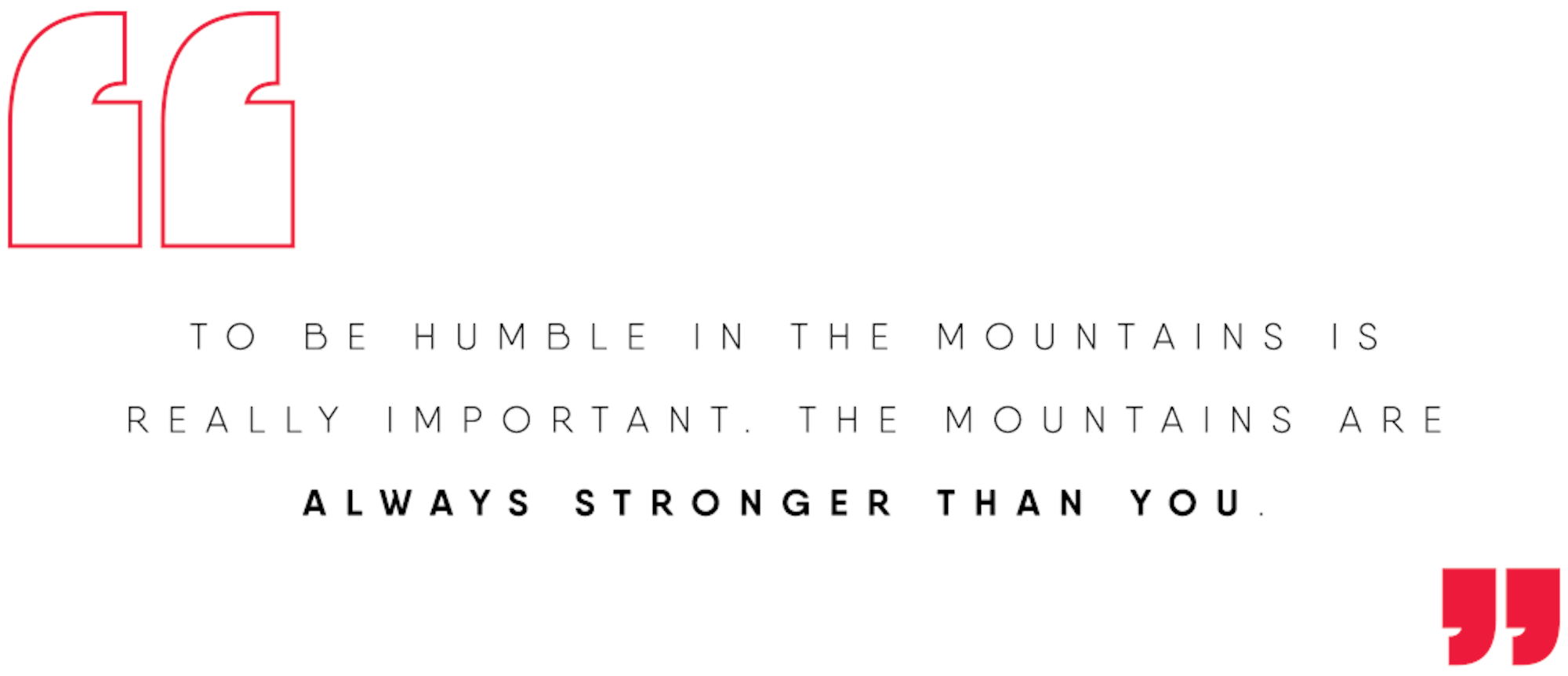
Anthamatten and his two older brothers, Simon and Martin, share a house in the shadow of the Matterhorn—you know, world’s most recognized mountain peak—that they built next door to their parents’ place. All three brothers are UIAGM mountain guides with resumes that include first ascents in the Himalayas, overall World Cup ice climbing titles and iconic climbs, like all summits of the Cerro Torre and Fitzroy chains in Patagonia. Simon set a speed record on the Matterhorn and won the Piolet d’Or award. In 2010, Martin won the most famous ski mountaineering race in the world, the Patrouille des Glaciers.
“With every skier, you can see in his style where he grew up,” says Anthamatten. “To grow up in Zermatt and have that alpinism background helped me evolve into big-mountain freeriding instead of freestye skiing. That’s helped me on every mountain I’ve ever skied.”
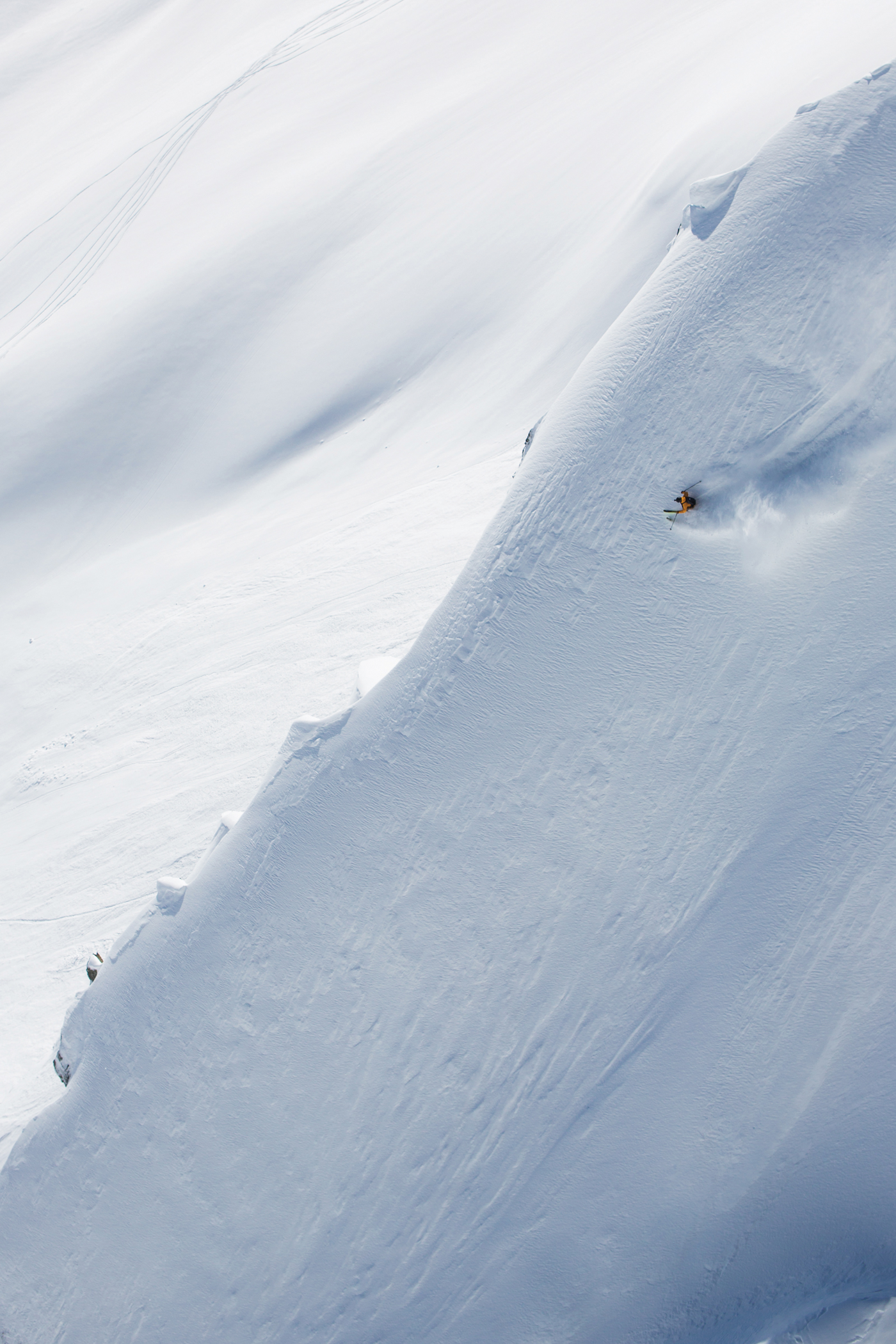
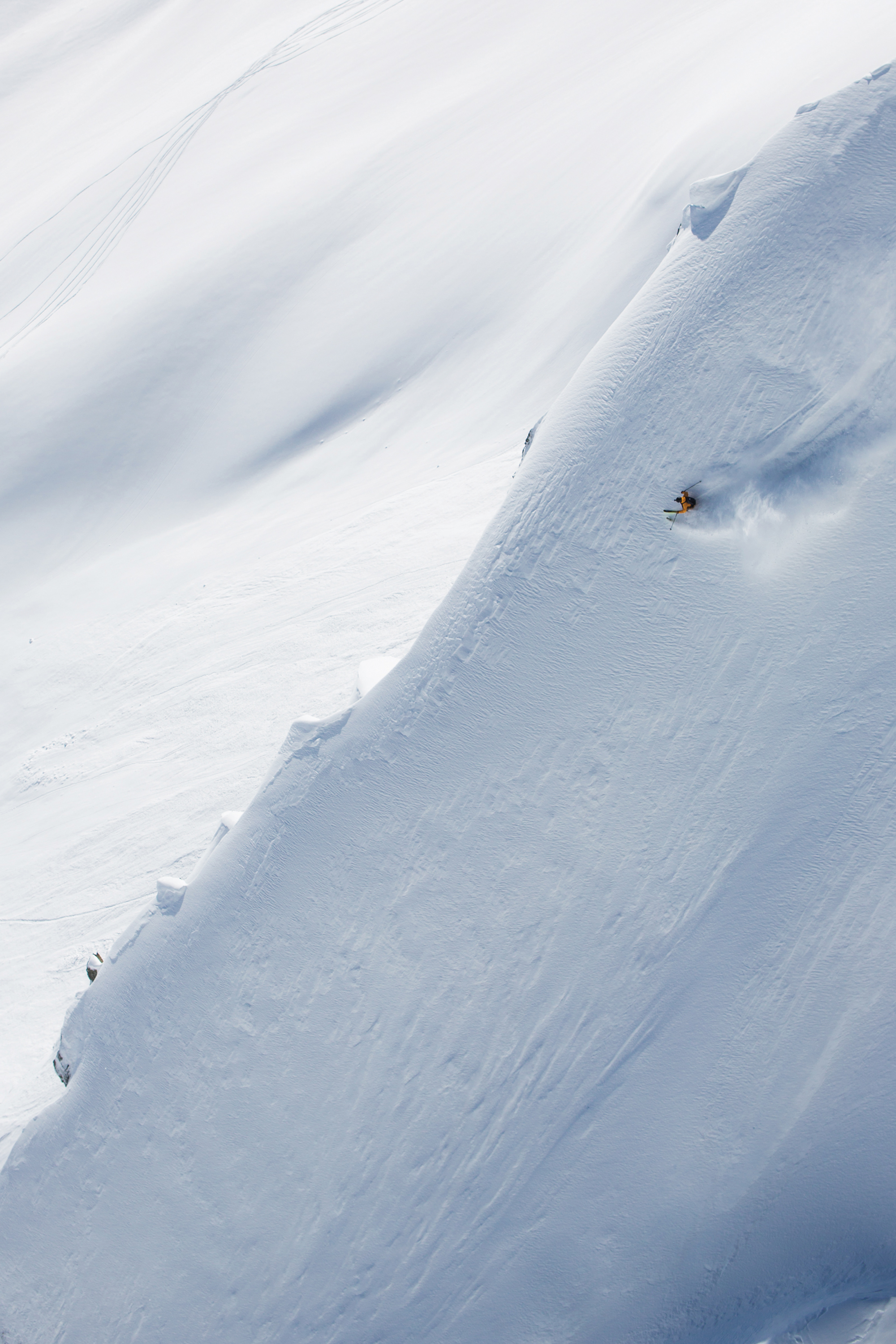
Last winter, Anthamatten met the owner of a heli-ski operation in Georgia. Together, they schemed up a trip for Anthamatten to ski the operation’s terrain while scoping Mt. Ushba—a peak Anthamatten had wanted to ski since his friend, the late Andreas Fransson, showed him a photo of the challenging peak in the Caucuses years back. Three months later, when Anthamatten, Léo Slemett and Markus Eder summited, but failed to ski the north face of the peak, as originally planned, Anthamatten saw the biggest goal of his season washed away. As the expedition leader, Anthamatten carried the team’s disappointment on his shoulders, but as a professional guide, he knows turning around comes with the territory.
“To be humble in the mountains is really important,” says Anthamatten. “The mountains are always stronger than you.”
He’ll go back to Ushba to heli-ski in April of 2018, check conditions, and hopefully return with Slemett and Eder to complete their mission. Anthamatten also has tentative plans to ski 6,000-meter peaks in Peru, Pakistan and the Himalayas with fellow ski mountaineer Jérémie Heitz (look for both skiers in the 2017 steep skiing film, La Liste).
Anthamatten says he done with the “crazy competition stuff” and wants to return to his roots. “With my freeriding skillset, I want to go back to alpinism again,” he says. “Combining those two, there is so much more that is doable.”
In Anthamatten’s world, “doable” means skiing a first descent on the steepest face of a remote, high-consequence peak without compromise. If he ever finds Ushba in perfect steep skiing conditions—“spring pow that sticks to the steep north face and doesn’t sluff too much”—he’ll ski the peak in his signature style of fast, fluid turns and probably cap it all off with a 360 over a crevasse. One peak at a time, Anthamatten is carving a name for himself among skiing’s elite.

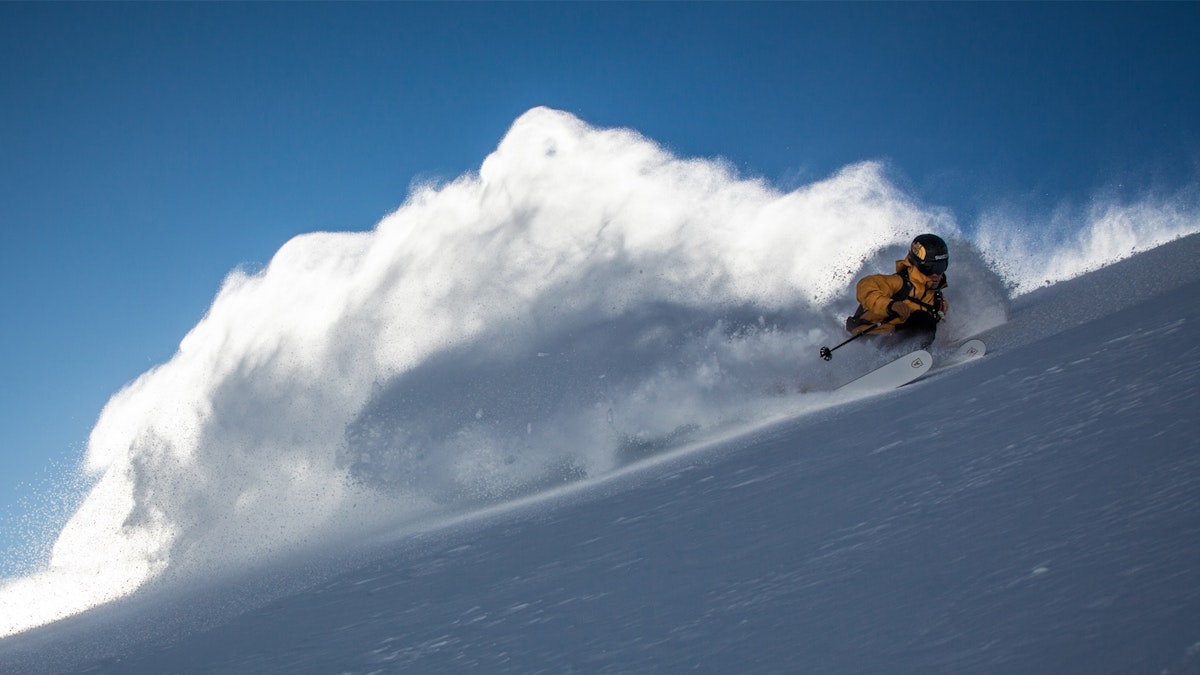

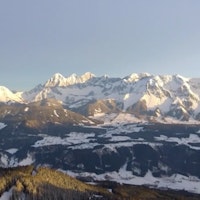
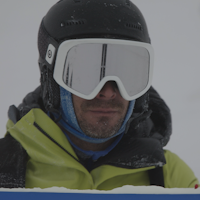

![[GIVEAWAY] Win a Legendary Ski Trip with Icelantic's Road to the Rocks](https://www.datocms-assets.com/163516/1765233064-r2r26_freeskier_leaderboard1.jpg?auto=format&w=400&h=300&fit=crop&crop=faces,entropy)

![[GIVEAWAY] Win a 4-Night Karma Campervan Rental and go Ski the Powder Highway](https://www.datocms-assets.com/163516/1767816935-copy-of-dji_0608-1.jpg?auto=format&w=400&h=300&fit=crop&crop=faces,entropy)

